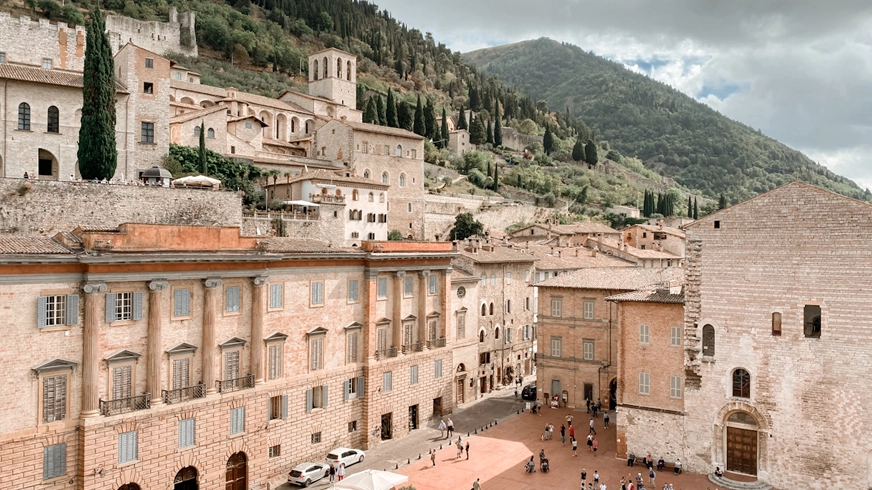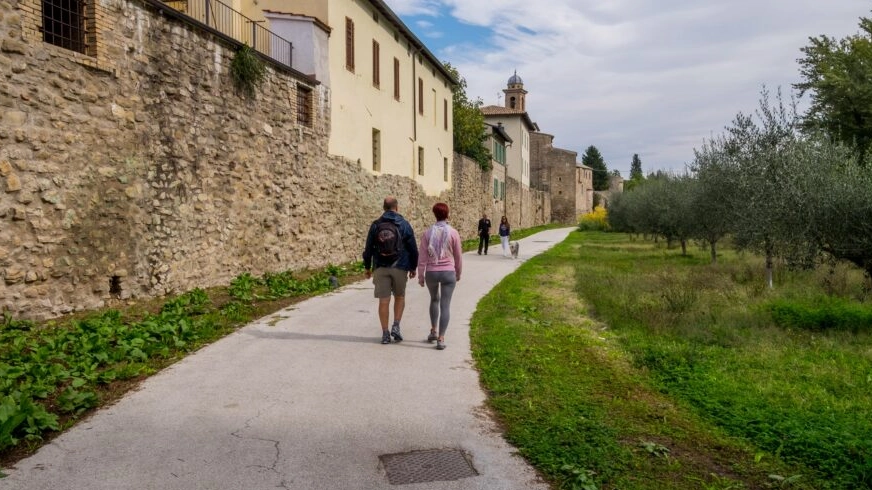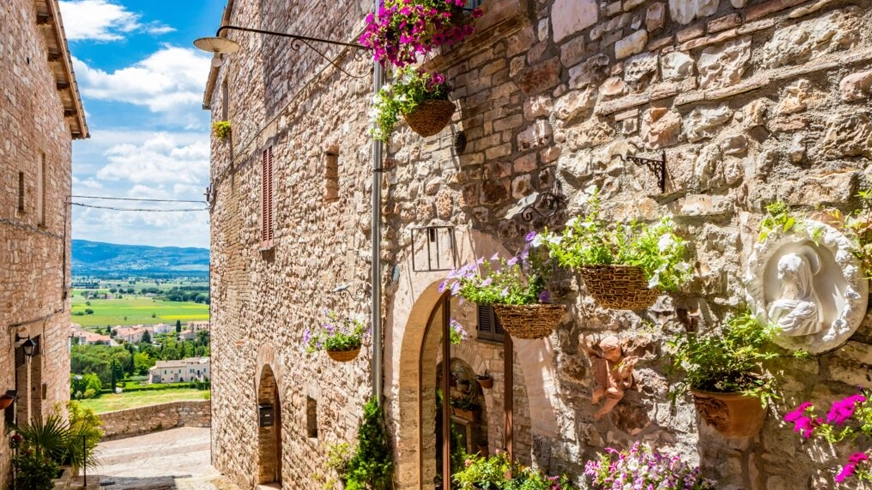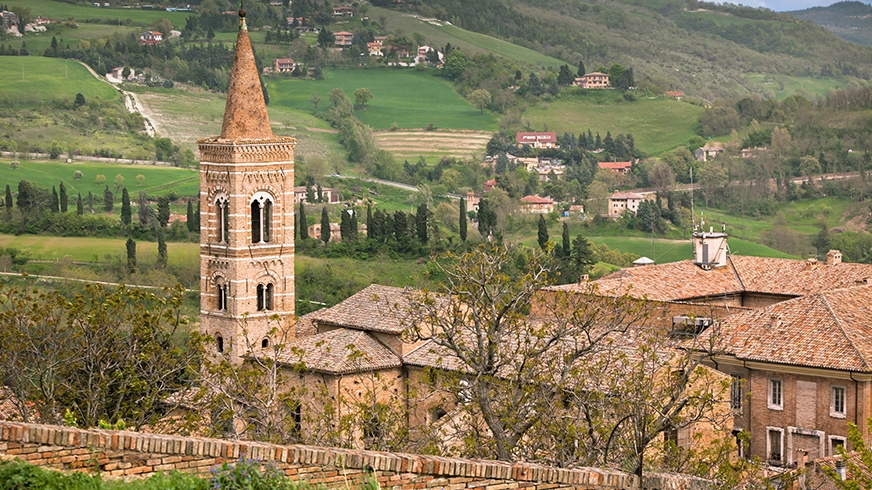Umbria (Italy)
I must admit, I have a real soft spot for Umbria. Perhaps it’s because it was the destination of one of my very first trips “as an adult,” during a particularly meaningful time in my life. When I feel the need to disconnect and isolate myself to regain my balance, the choice is easy: a few days immersed in the history and wonder of Umbria’s lesser-known villages!
I’ve always associated Umbria with history and nature, which here reveals itself in all its beauty, earning this region the nickname “the green lung of Italy.”

It’s the perfect destination when you feel the need to spend a few days away from the chaos of big cities. Umbria, in every season, knows how to offer the best of itself: in warm weather and sunshine, you can enjoy its lush nature, while in the colder seasons, you can explore its history and past through its lesser-known villages. Perhaps you’ll even find yourself wrapped in that gentle mist often encountered in autumn, which embraces and softens everything around it, giving the hilltop towns an even more intimate and mysterious atmosphere.

Discovering 4 Lesser-Known Umbrian Villages
The most authentic Umbria, with its smaller villages, will welcome you and make you feel part of a land rich in traditions and history.
Starting with Bevagna, a tiny village once renowned for its fine fabrics, called “bevagne.” Here, you can admire the imposing city walls, preserved almost entirely intact from the Middle Ages to the present day. It will be almost impossible not to let your fingers glide over the rough bricks, tracing their grooves and cracks, imagining the time they’ve stood still, protecting the town. You might even find yourself wondering if someone, hundreds of years ago, performed the same gesture on these very same bricks, creating an unbroken thread across time.

If you have the chance to visit Bevagna in the last decade of June, you’re in luck! The renowned Mercato delle Gaite, a medieval reenactment, takes place during these days and is not to be missed. You’ll be immersed in a world long forgotten: listen to the rhythmic sound of the blacksmith's hammer striking the glowing iron to create new tools. Let the drumroll guide you as it announces the start of an important event. Stop and taste the specialties of the time: bold flavors, typical of an era where "substance" was more important than form.
Not far from Bevagna, I also recommend you visit Spello, a small village perched on Mount Subasio. Its history is evident in the many Roman and medieval remains scattered throughout the area. The growing importance of the town over time is reflected in the frescoes by Pinturicchio and Perugino, which you can admire inside the Baglioni Chapel.
As you move towards the plains, you’ll encounter Foligno, one of the most populous urban centers in the region. Here, too, palaces and cathedrals tell the story of the town’s significance over the centuries. With Romanesque decorations, Renaissance palaces, and frescoes by the most important painters of the 15th century, one visit I highly recommend is to the Church of Santa Maria Infraportas, a very unique name... and one you’ll want to discover!
A tour of the lesser-known towns of Umbria must end with Gubbio, perhaps the oldest of the Umbrian towns. This town is famous for the Tabulae Eugubinae (Eugubine Tablets) preserved in the Palazzo Consoli. These are some of the earliest surviving examples of the Italic language and have been fundamental in tracing the first steps of the history of our language.
Are you interested in this experience and would like to create a customized itinerary for yourself? Click on the form below and contact us—we can't wait to help you make your dream come true!

